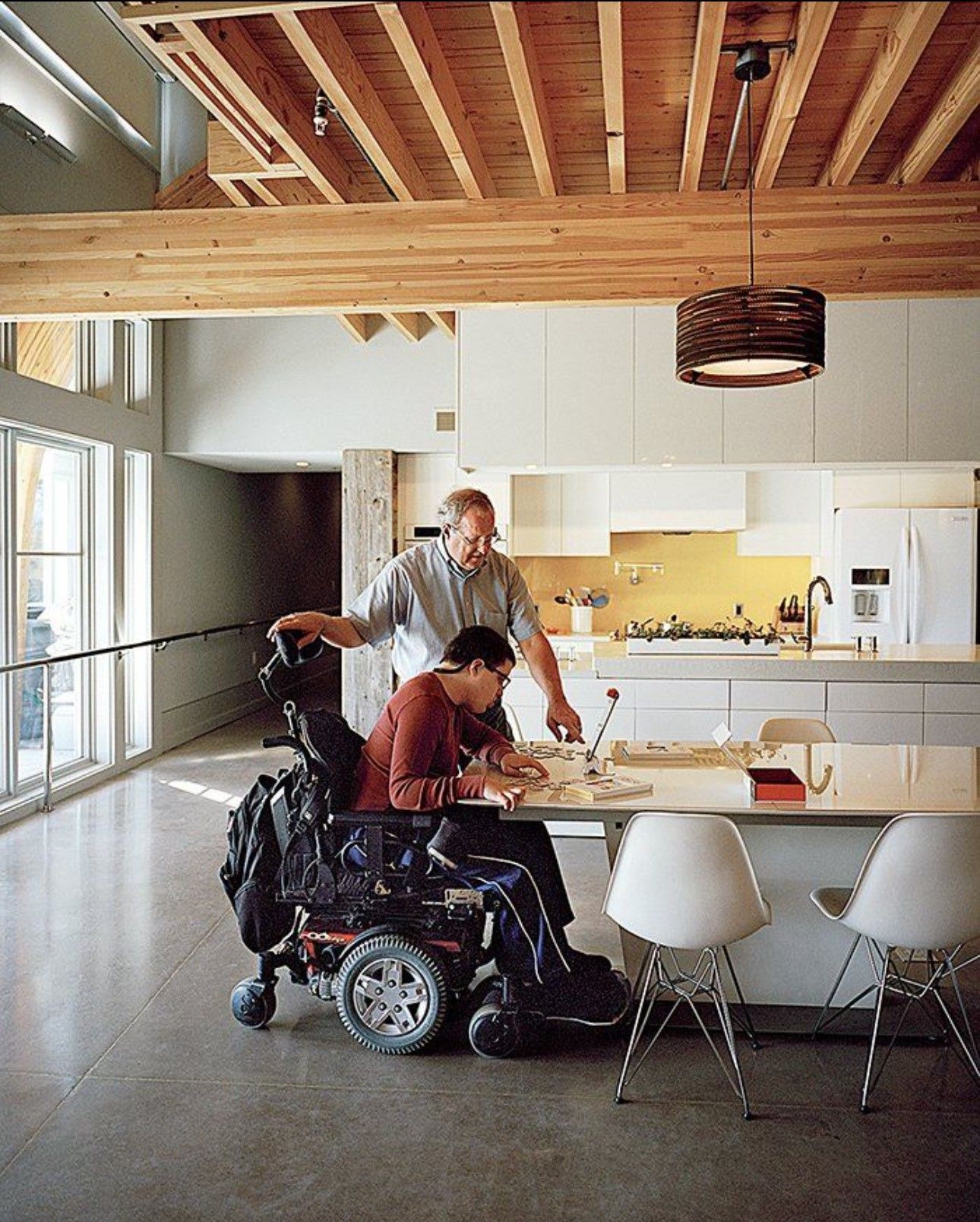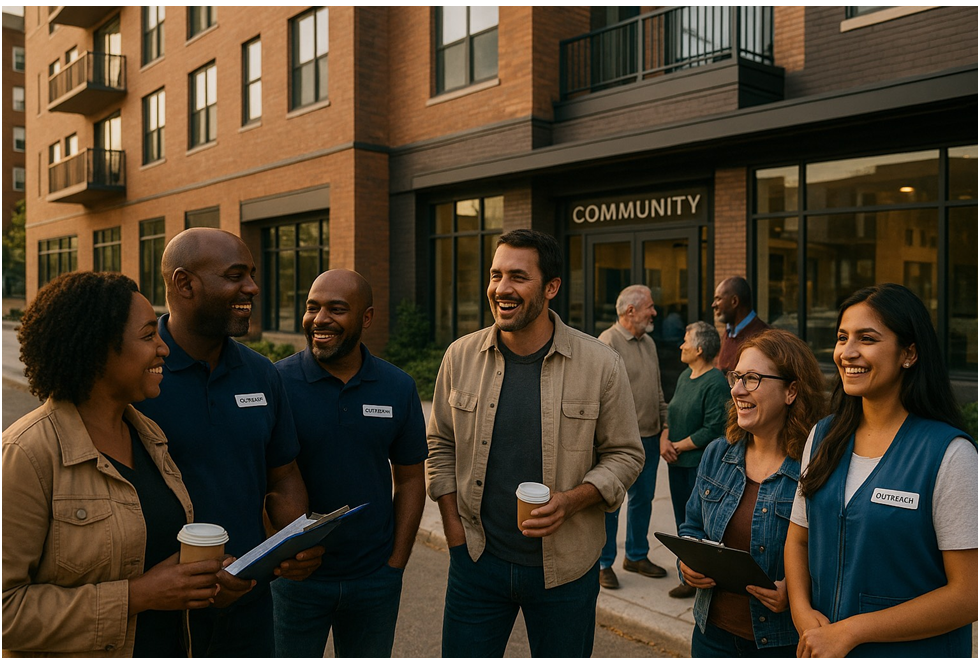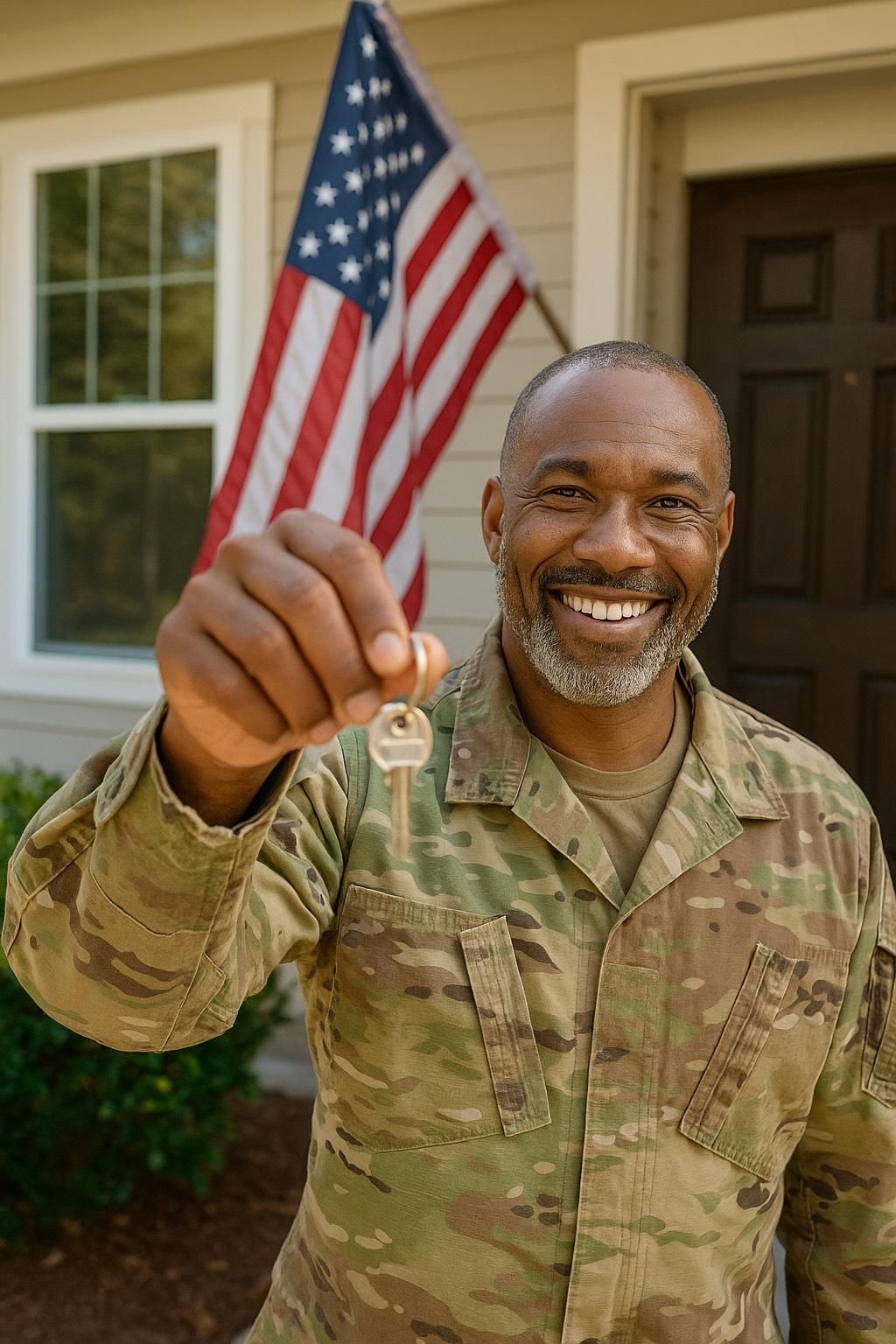Reclaiming Home: How Independent Living Empowers Choice and Dignity
Discover how independent living models transform lives—enhancing autonomy, well‑being, and inclusion with dignity and connection.

Imagine waking up in a home that feels fully yours—not just in design, but in decision. Independent living isn’t about going it alone—it’s about having control, choice, and connection. This week, we’ll explore how independent living models offer a pathway to dignity, community, and self‑direction for people of all abilities.
What Is Independent Living — Philosophy & Foundations
- H3: From the medical model to the social model of disability
- H3: Core principles: autonomy, self-determination, peer support, barrier removal
Why Independent Living Matters — Evidence & Impact
- H3: Emotional well-being, quality of life, and social participation
- H3: The cost-effectiveness and sustainability argument
- H3: Emerging tech & assistive systems supporting independence
Key Models & Mechanisms at Work
- H3: Personal assistance & supported decision‑making
- H3: Accessible environments and universal design
- H3: Peer support networks, advocacy, and community integration
Real Life: Maria’s Journey
- A short narrative of transition, challenges, and breakthroughs
Challenges, Gaps & Future Directions
- Funding uncertainty and policy barriers
- Equity, rural access, tech divide
- Safeguarding autonomy vs over-surveillance
- Research frontiers & policy innovations
How Spice It Up Enterprises Helps
- Our approach: co‑design, inclusivity, sustainability
- Invitation: let’s talk about your project
Evidence‑Based Talking Points (with citations)
- A Spanish study of 424 adults with disabilities found that higher levels of self‑determination and satisfaction with participation mediated the relationship between independent living and emotional well‑being / quality of life.
- A systematic review of personal assistance schemes concluded these supports are pivotal to making independent living viable for many with disabilities.
- The study “Assessments of Support for Independent Living” emphasizes the importance of tailoring supports with both user and staff perspectives to optimize outcomes.
- A 2025 article exploring AI’s role in independent living suggests sociotechnical frameworks must align assistive tech with autonomy and the social model of disability.
- The economics of independent living argue that it is often more cost-effective than institutional or congregate care in delivering dignity, flexibility, and outcomes.
Case Story
Maria’s Transition to Choice
Maria had spent years in a care facility where staff managed routines. She longed for control over her own life: when she woke up, what she ate, how she decorated her space. With support from a local independent living center, Maria found an accessible apartment, arranged for personal assistants she trusted, and connected with peer mentors who had walked her path. The first month was messy—scheduling, trial & error, getting frustrated. But soon, she hosted a dinner in her own kitchen, decided her own schedule, and began mentoring others exploring independent living. When her old supervisors nervously asked, “Are you sure you can do it?” she’d smile and say, “I’m already doing it.”
If your project envisions homes that honor choice and dignity, we’d love to talk. Whether you’re planning an inclusive housing development or exploring adaptive retrofits, reach out and let’s co‑design a future that empowers independent living for all.









